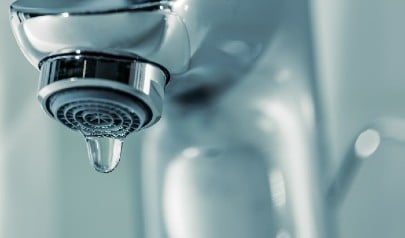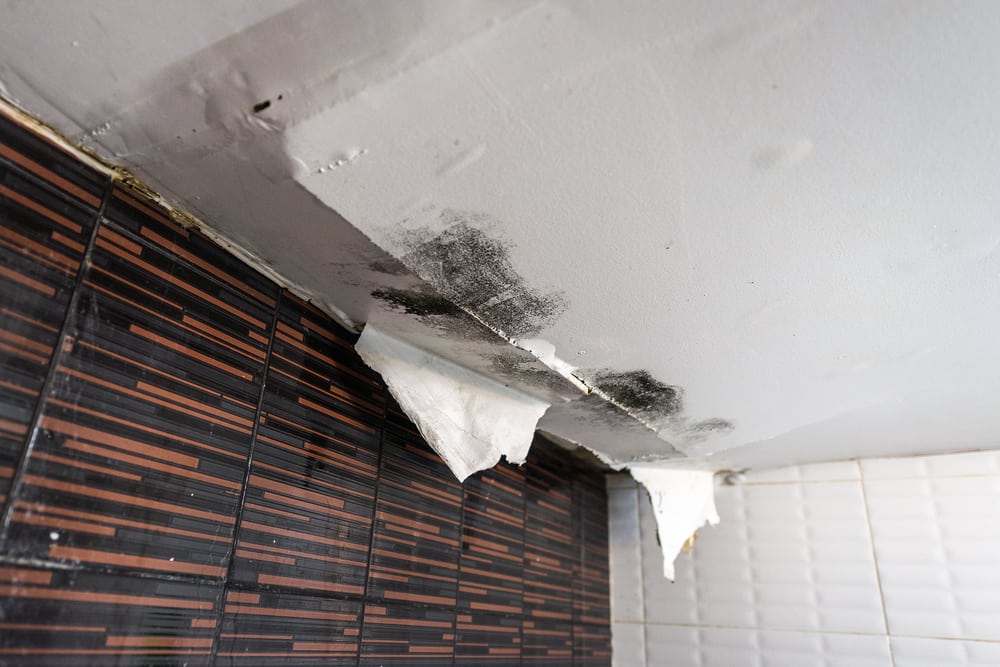Everybody seems to have their own perception involving How to Repair and Prevent Bathroom Water Damage?.

Water damage often takes place in the washroom as a result of the water utilized everyday. In some cases, the damages could be a little mold from the shower. Various other times, it's massive damages on your floor. Whatever it is, it is constantly good to understand the cause and also prevent it before it occurs.
This guide will go through a few of the typical root causes of water damage in the bathroom. We will certainly additionally analyze what you can do to prevent these reasons from harming your restroom. Allow's dive in.
These are the typical factors you would have water damage in your shower rooms and exactly how you can identify them:
Excess Wetness
It's cool to have that lengthy shower and splash water while you hem and haw and also act like you're executing, however in some cases these acts can create water damage to your shower room.
Spraying water around can trigger water to head to corners and also develop mold and mildews. Enjoy how you spread out excess wetness around, and when you do it, clean it up to stop damages.
Fractures in your wall ceramic tiles
Restroom wall surface ceramic tiles have actually been specially made for that function. They safeguard the wall surface from dampness from people taking showers. However, they are not unbreakable.
Often, your shower room wall ceramic tiles fracture as well as allow some moisture to seep into the wall surface. This might possibly ruin the wall surface if you don't take any type of activity. If you observe a split on your wall tiles, fix it quickly. Don't wait up until it damages your wall surface.
Overflowing bathrooms as well as sinks
As humans, occasionally we make errors that could trigger some water damage in the restroom. For example, leaving your sink faucet on might cause overruning as well as damage to other parts of the restroom with moisture.
Also, a faulty toilet can cause overruning. For instance, a busted commode take care of or various other parts of the cistern. When this occurs, it might harm the floor.
As soon as you discover an overflowing sink or commode, call a plumbing technician to aid handle it immediately.
Ruptured or Leaking Pipes
There are numerous pipes bring water to different parts of your shower room. Some pipes take water to the toilet, the sink, the taps, the shower, as well as numerous various other locations. They crisscross the small area of the washroom.
From time to time, these pipes can get corroded and ruptured. Various other times, human activity could trigger them to leakage. When this takes place, you'll discover water in the edges of your restroom or on the wall.
To find this, watch out for bubbling wall surfaces, mold and mildews, or mold. Call a specialist emergency situation plumbing technician to repair this when it happens.
Roof Leaks
Often, the issue of water damage to the bathroom might not come from the bathroom. For example, a roof leakage might trigger damage to the washroom ceiling. You can detect the damages done by checking out the water spots on the ceiling.
If you find water discolorations on your ceiling, inspect the roofing to see if it's damaged. Then, call a specialist to assist resolve the issue.
Verdict
Water damage to your washroom can be aggravating. Nevertheless, you can manage it if you stop some of the causes stated in this guide. Call an expert emergency plumbing professional if you notice any serious damages.
How to Prevent Water Damage in Your Bathroom?
Water damage repair is an expensive, meticulous, and lengthy process. Unfortunately, bathrooms are the most susceptible rooms to water damage due to toilets, showers, and sinks. Pipes and fixtures wear out over time and are not immune to damage. But all is not lost, as there are ways to prevent water damage from occurring in your bathroom.
Check Your Plumbing
Nothing lasts forever, especially pipes, which can rust and begin leaking over time. You should periodically conduct pipe inspections and pay attention for any musty smells or water stains that may indicate you need water damage repair. Here are some things to check:
Frequently test valves for your toilet, shower, and sink to ensure they are properly working. Check faucet supply lines hidden under vanities and replace when needed. Replace cracked or deteriorating caulking along sinks, tubs, and showers. If you notice a clog in your sink, call in a professional. Since you can’t check the pipes in the wall, keep an eye out for stains, drywall bubbling, musty smells, and excess moisture; if the bathroom is on a second level, check the ceiling of the room directly below for these signs. Don’t Overwork Your Toilet
One of the most common reasons bathrooms need water damage repair is due to overflowing toilets. Save yourself the hassle of cleanup by being mindful and not pushing your toilet to extreme limits. If you have young children, it is especially important to keep an eye on them when they are in the bathroom and to teach them how to avoid clogging the toilet. Here are some more tips to help prevent your toilet from overflowing:
If you have a septic tank, only use septic-safe toilet paper Do not flush anything down the toilet besides toilet paper; items like diapers and sanitary napkins will clog the piping Pay attention to your toilet’s water level: If it’s low, it could mean it is partially clogged or that there is a crack in the toilet bowl https://www.alure.com/home-improvements-blog/resources/how-to-prevent-water-damage-in-your-bathroom

We had been shown that write-up about How to Repair and Prevent Bathroom Water Damage? from an acquaintance on another web property. Appreciated our piece? Please share it. Help someone else find it. Thanks a bunch for your time. Please check our site back soon.
Visit Website